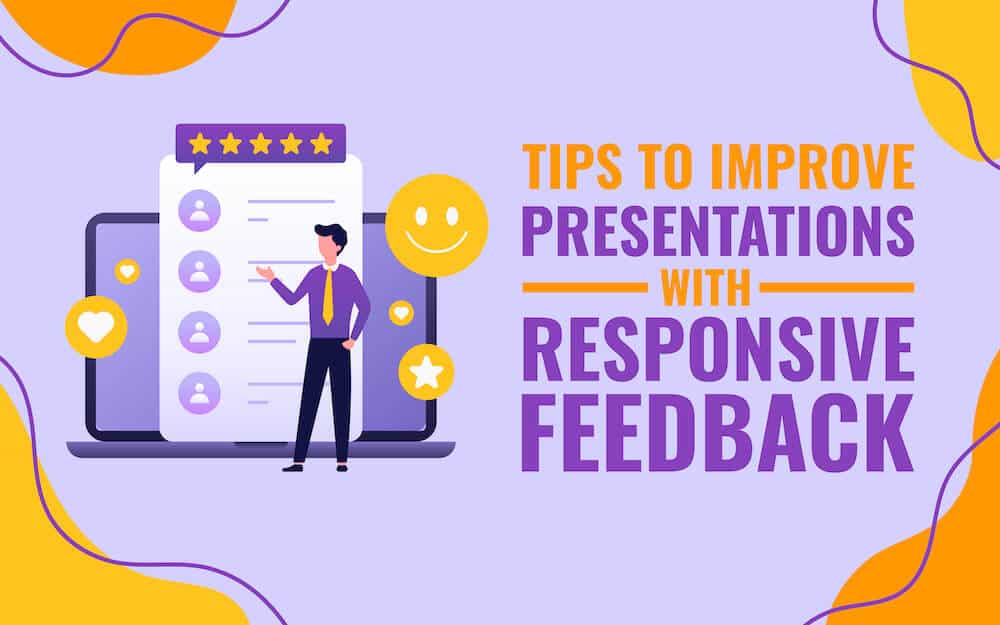
American detective writer Rex Stout once quipped that there are two kinds of statistics: the kind you look up and the kind you make up.
In the average presentation, as soon as statistics appear on a background slide, two out of three audience members automatically fall asleep.
That is a made up statistic.
But that doesn’t mean it’s not true.
We’ve all slept through speeches where an endless array of numbers danced across a white board lulling us into dreamland as surely as white sheep jumping a fence.
So why do we use statistics at all?
Three reasons why you need statistics
First, most presentations are given to persuade an audience to accept a point of view. To be truly persuasive, you need to demonstrate the scope of a particular problem or situation. Statistics from a reliable source are an excellent way to do that.
Second, statistics are proof of changing situations. For example, it’s one thing to say that deaths from a certain kind of cancer are on the increase, but if you can cite statistics that show the number of deaths 10 years ago from this cause, and then the number of deaths last year and the number has doubled, your point of view is seen as truthful by your audience.
Third, statistics indicate trends. Knowing what is likely to happen in the future helps organizations and businesses prepare themselves to have a strategy to handle it. Watching a certain popular behavior escalate, for example, may not be proof that it will continue to escalate, but it is a warning sign that it could.
With valid reasons for using statistics, the big question remains on how to use them so effectively that your audience will be fascinated with them, instead of being sent for a snooze by them.
The driest statistics go down smoother with humor
Statistics and laughter may seem as incongruous as being warmed by snow.
But if you want to see how flawlessly the two can blend, check out a video called “The Best Stats You’ve Ever Seen” by Hans Rosling.
A statistics guru, Rosling is a professor of international health at Sweden’s Korolinska Institute. He is also the founder of Gapminder, a nonprofit initiative that brings vital global data to mass audiences in a lively way.
Contending at the start that he is making the video because Swedish students know less about statistics regarding public health than chimpanzees, Rosling’s irreverent approach and amazing graphics bring statistics about global health and welfare to life in a fascinating presentation.
Though the video was recorded in February, 2006 in Monterey, Calif., it remains proof of how riveting statistics can become in the right hands.
Statistics need to be relevant to your audience now
As pertinent as statistics may be to your argument, if they aren’t presented in a manner that is relevant in the lives of your audience right now, they will gloss over them and forget the numbers within seconds after hearing them.
Some speakers use the age-old tool of telling the statistic in terms of something in the audience’s life, as in “the dimensions of the new health care center will be as large as a football field and as high as a three-story building.”
While that is a useful approach in giving statistics understandable form in the minds of your audience, you can be even more interesting if you can find a way to draw your audience right into that form.
An example of how to present your statistics “102 Statistics on What Gets Shared On Twitter the Most”.
These are the kinds of statistics people who use Twitter will pay attention to. They will make notes; they will ask for copies of the presentation to be sent to them later.
That’s because it is relevant information to their personal and corporate marketing initiatives. They can put these statistics to work right away. The numbers are relevant in the sense of “I need to know this right now,” and “I will make changes tomorrow in how I do certain things because I am receiving these statistics today.”
Use active, stimulating illustrations of your statistics
Writing numbers on a board or presenting statistics as a black and white text quote is boring.
The secret to incorporating statistics into your presentation effectively is to slide them through amid the excitement of stimulating illustrations so that the audience hardly understands they are receiving numbers.
It’s like a spoonful of honey theory for graphic designers.
To see this technique in action, check out the video “5 Crazy Ways Social Media is Changing Your Brain Right Now.”
Created in 2014 by ASAP Science Cartoons, this video slides statistics seamlessly into its lively cartoon graphics to deliver a real punch to the points being made.
Three more quick tips on statistics use
- Give your numbers life. Paul Brodeur wrote that statistics are human beings with the tears wiped off. When you are delivering them, put the tears back in. If you are talking about deaths by drunk drivers, tell how the death of a victim still impacts their family today.
- Observe the rule of three. If you give too many statistics in one presentation, most people’s brains will move into overload and your point will be wasted. Never give more than two statistics grouped together at once. And it’s a good rule of thumb to limit the statistical references overall to no more than three groups in total.
- Be honest about what the statistics don’t say. Always remember there is someone in the audience with a better head for statistics than you. So use your statistics carefully. Consider the point they are helping you make, but consider the point they are covering up as well, especially if your presentation is followed by a question period. Don’t be undermined at the end because you didn’t consider what might be missing from your statistical story.



